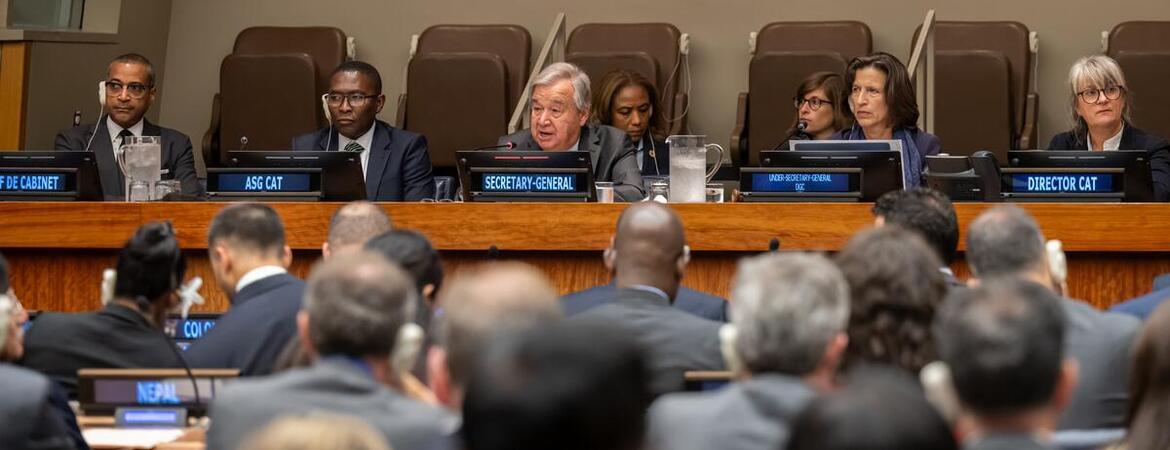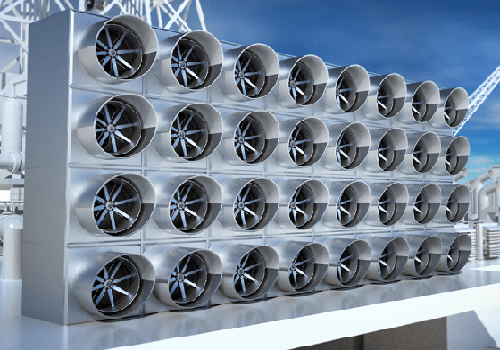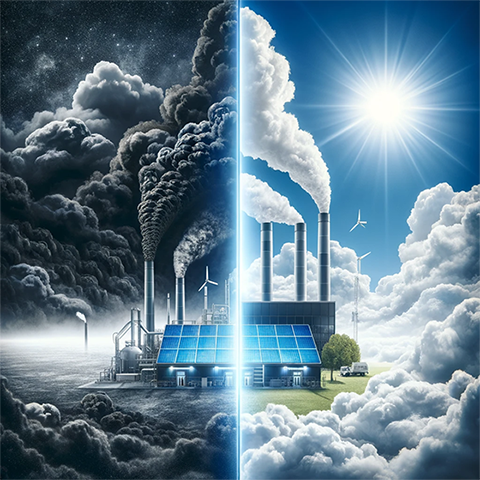
Combating climate change may involve building structures as large as stadiums with arrays of huge fans that suck in vast volumes of air to capture free-floating carbon dioxide before carbon-free air is released back into the atmosphere.
Direct air capture, or DAC, is viewed as a powerful weapon to prevent catastrophic climate change. But the technology, now in its infancy, needs to overcome cost, energy-use, and policy barriers, among other challenges. Such barriers are not insurmountable, argues UC Riverside professor Mihri Ozkan, who will represent the United States in a U.N. meeting on carbon capture, storage and utilization set for July 1-3 in Vienna, Austria.
Organized by the U.N.’s Intergovernmental Panel on Climate Change, the meeting will allow experts worldwide to collaborate and assess the potential rollout of DAC technologies for a carbon-neutral future, Ozkan said.
“This is a crucial event that aims to gather evidence and address gaps in current guidance for carbon-removal technologies,” said Ozkan, a climate action professor in UCR’s Electrical and Computer Engineering Department at the Bourns College of Engineering.
“I will provide recommendations for emerging research and strategies needed to shape the future of direct air capture, and its role in our collective quest for a carbon-neutral society,” she added. “. . .I am honored to represent the United States.”
More specifically, Ozkan recommends coupling DAC with non-polluting, renewable energy sources, such as wind and solar or, if available, geothermal energy, because of DAC’s high energy use. Use of renewable power would go hand-in-hand with improved energy storage technologies, such as battery banks, to make up for the inherent fluctuations in power generation from such sources.
Ozkan further calls for advancements in material science and process engineering for systems that would more efficiently capture carbon dioxide as the massive volumes of air are pumped through DAC facilities. Such advances would reduce the DAC’s energy use.
Improvements are also needed to convert captured carbon dioxide into valuable byproducts used by industry, such as carbon monoxide, formic acid, and methane. Electrochemical reduction methods are particularly promising.
DAC would further benefit from favorable government policies, such as carbon and tax credits, that would reduce and stabilize costs and spur investments, she says.
“The substantial energy and heat requirements of DAC processes are crucial to their operational efficiency and economic viability,” Ozkan said. “By conducting an in-depth analysis of these requirements, we can explore pathways for future technological evolution and cost optimization.”
Ozkan’s recommendations are further detailed in her paper, "Atmospheric Alchemy: The Energy and Cost Dynamics of Direct Air Carbon Capture" in the journal MRS Energy & Sustainability.
Cover photo: Secretary-General António Guterres delivers remarks at last years the United Nations Climate Ambition Summit 2023. (UN/Mark Garten)






